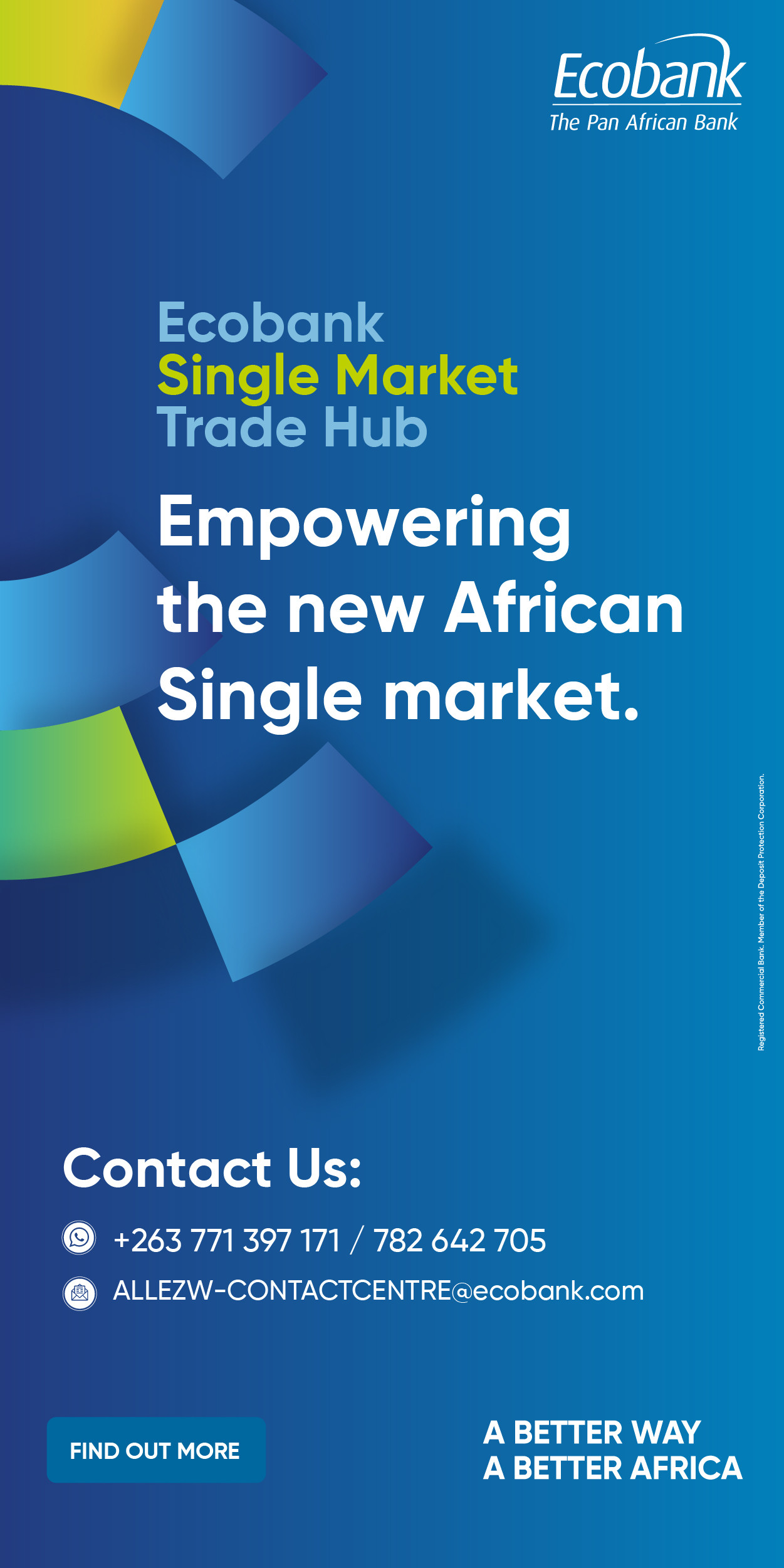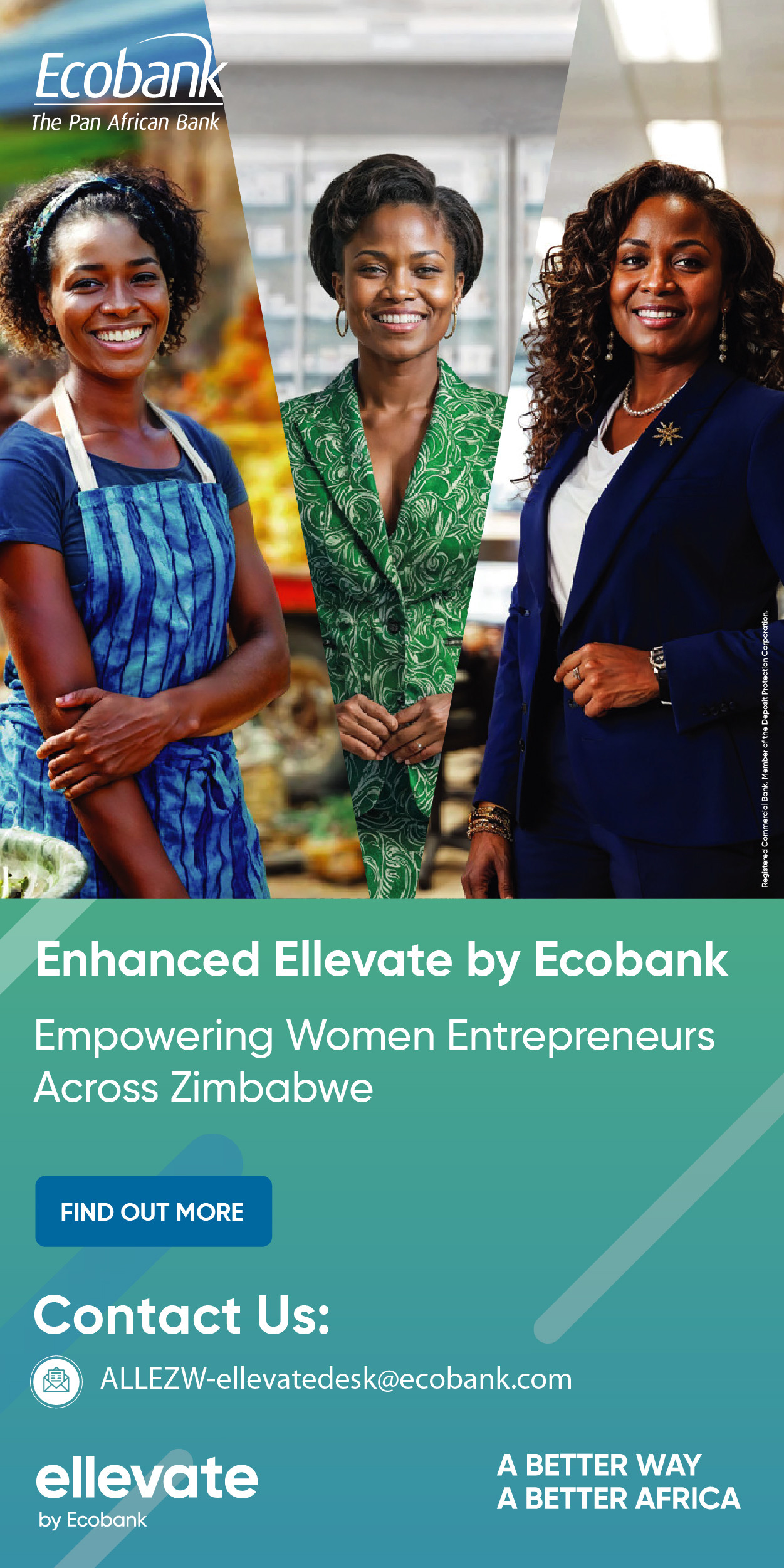- Debswana Diamond Company temporarily suspends operations at Jwaneng Cut 9 and Orapa mine
- Planned output decrease from 17.93 million carats in 2024 to 15 million carats in 2025.
- Global diamond market in decline since mid-2023, affected by lab-grown diamonds (LGDs)
Harare-Debswana Diamond Company, a 50-50 joint venture between the Botswana government and De Beers, has temporarily halted production at its Jwaneng Cut 9 and Orapa mines, following earlier suspensions at the Letlhakane tailing plant and Jwaneng Modular plant in April.
The company, which accounts for 90% of Botswana’s diamond sales, plans to slash output to 15 million carats in 2025, down from 17.93 million carats in 2024, a year that already saw a 27% production cut after a 46% collapse in sales revenue. These measures, aimed at achieving cost savings in fuel, electricity, and other consumables, reflect the dire state of the global diamond market.
Botswana, heavily reliant on diamonds for 80% of its export revenue and 30% of its GDP
The global diamond market has been in freefall since mid-2023, battered by the rise of lab-grown diamonds (LGDs) resulting in oversupply and weak demand.
Prices have plummeted from US$3,400 per carat in 2020 to US$900 in 2024, a 74% decline.
LGDs, which are chemically identical to natural diamonds and nearly indistinguishable to the naked eye, sell at an 80% discount and have captured nearly 20% of global diamond jewelry sales, up from 3% five years ago, according to the 2024 Bain & Company report.
In the U.S., the world’s largest diamond market, LGDs surpassed mined diamonds in loose stone sales by volume in 2022, a shift highlighted by Pandora’s 2021 decision to stop selling mined diamonds.
The U.S. imposes a 10% import duty on diamonds, with further tariffs looming if a 90-day pause initiated by the Trump administration expires without new agreements.
In India, the global diamond polishing hub, the downturn has led to layoffs in Surat.
Debswana’s production cuts, while preserving jobs through voluntary separation packages, highlight the urgency of navigating these challenges, with long-term projects like the Jwaneng underground mine conversion continuing at a slower pace to conserve capital.
This brings out the disadvantage of relying on few things for revenue; to cater for this, Botswana should diversify into other things like electricity generation and importation, since it is a hot place with more sunshine.
Botswana can explore new opportunities for economic growth, including exporting electricity and potentially technology.
By diversifying its economy, Botswana can reduce its vulnerability to fluctuations in the diamond market and build a more sustainable future.
Botswana was last month given a US$304 million loan aimed at helping the country navigate the economic challenges arising from declining diamond revenues and is designed to facilitate critical reforms to enhance private sector-led growth.
Equity Axis News





